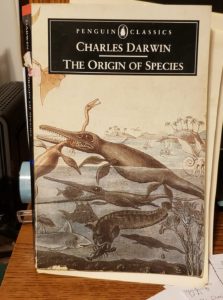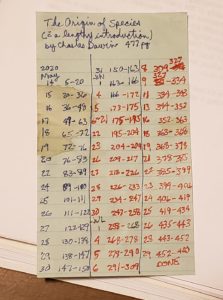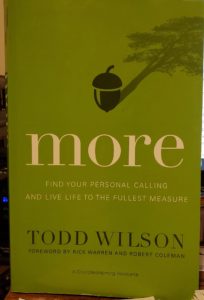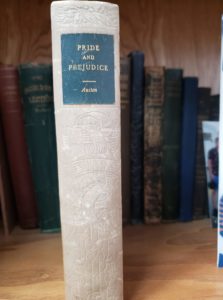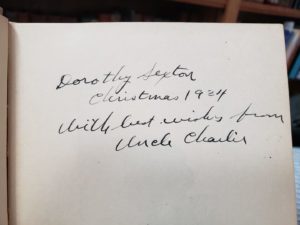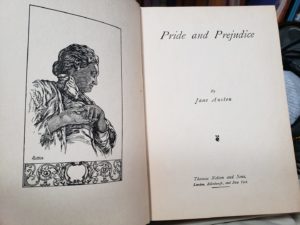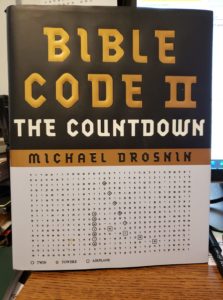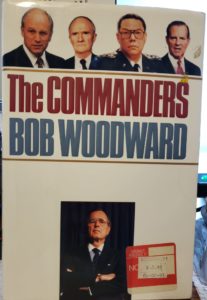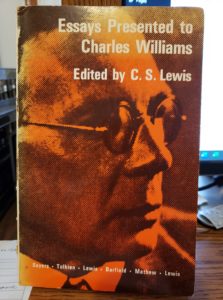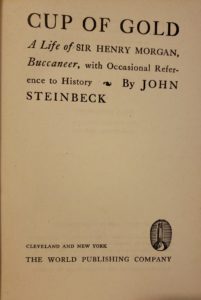
I have enjoyed all the John Steinbeck books that I’ve read. So when I found Cup Of Gold by John Steinbeck on a bookshelf in the house, I put it in a reading pile. Before too long it rose to the top. A little research showed it was published in 1929, though only 1537 copies sold. A second edition in 1936 by a different publisher sold even fewer. My particular volume is a Tower Books Edition, Second printing, April 1944. How this book came into my possession is a mystery to me. I don’t think I bought it, and it has a marker in it suggesting I’ve had it a long time. It must have been Mom’s, or possibly a book Dad picked up from a flea market.
The subtitle is A Life of Sir Henry Morgan, Buccaneer, with Occasional Reference to History. It’s almost a biography, almost a novel. Today we would classify it, I think, as creative non-fiction. Of, perhaps it would be shelved under historical fiction. Either way, I’m quite glad I had this, found it, and read it.

Pirates in the Caribbean are the rage now, aren’t they? Maybe not quite as much as a few years back, but they are in an almost mythical era, men who did incredible feats of daring. In America we tend to think of Englishmen who stole treasure ships from the Spaniards. Some worked with the blessing of the British crown and some freelanced. Henry Morgan was, according to Cup Of Gold, one of the latter.
He went to the Caribbean as a teenager, intent on becoming a buccaneer because of the stories he’d heard in his native Wales. He spent time as an indentured servant to pay for his passage, then entered his pirate life. After many successes, he led a raid on the city of Panama, a successful raid, and became a hero to the English.
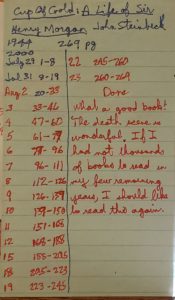
I read this 269 page book in 18 sittings in July-August 2020, out in the sunroom, at cooler times during the summer days. Here’s what I wrote on little sheet I used as a bookmark and reading record: “What a good book! The death scene is wonderful. If I had not thousands of books to read in my few remaining years, I should like to read this again.”
Steinbeck does a great job (as we would expect, based on his other, later works) of weaving the story. He mixes historical facts with dialog. The dialog seems very faithful to the time. The mix of dialog and narrative is good. Steinbeck chose to focus on a few episodes in Morgan’s life, not try to give us every year and every event. Not surprisingly, the raid on Panama takes up a good chunk of the book.
I can see the excellence of Steinbeck’s writing even in this early book. I’m not a “literary criticism” person, so I’m not going to analyze is. I’ll just say it’s an excellent and easy read. If you like Steinbeck but didn’t know about this early work of his, by all means pick up a copy.
Is this a keeper? Alas, I think not. It’s not a collector edition as it’s a reprint after Steinbeck’s fame with other works. I’m at the point in life where I need to be getting rid of things, not saving them. That includes books. I can’t keep all the authors I like, and Steinbeck, alas, doesn’t make the cut. So, Cup Of Gold is going out to the garage today, to the sell/donate bookshelf out there, awaiting either a sale of a trip to the thrift store.
